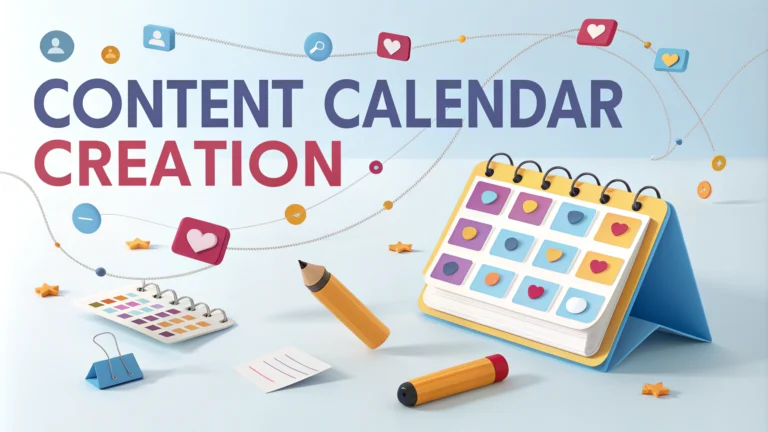Digital marketing success hinges on consistent, strategic content planning. Content calendars transform random posting into a powerful, purposeful strategy that drives engagement and results. Marketers who use structured content planning see up to 60% higher content performance compared to ad-hoc approaches.
1. Understanding the Fundamentals of Content Calendars
A content calendar is more than a scheduling tool—it’s a strategic blueprint for your digital communication. Professional marketers use these comprehensive plans to map out content types, publication dates, topics, and distribution channels.
Successful content calendars integrate multiple elements: strategic goals, audience insights, keyword research, and performance tracking. They help teams align messaging, maintain consistency, and maximize content impact.
Key Components of an Effective Content Calendar
- Content themes and categories
- Publication dates
- Target audience personas
- Content formats (blog, video, social)
- Primary and secondary keywords
2. Tools and Technologies for Content Calendar Management
Modern content marketers leverage sophisticated digital tools to streamline calendar creation and management. Platforms like Trello, Asana, and CoSchedule offer robust features for team collaboration and content planning.
Choosing the right tool depends on team size, budget, and specific workflow requirements. Small teams might prefer simpler solutions, while enterprise organizations need complex, integration-friendly platforms.
Recommended Content Calendar Tools
| Tool | Best For | Price Range |
|---|---|---|
| Trello | Small Teams | Free – $10/user |
| Asana | Medium Teams | $10.99 – $24.99/user |
| CoSchedule | Marketing Teams | $39 – $79/month |
3. Developing a Strategic Content Framework
Building a content framework requires deep understanding of audience needs, business objectives, and market trends. Successful frameworks balance creativity with data-driven insights.
Start by conducting comprehensive audience research. Analyze demographics, online behaviors, pain points, and content consumption patterns to create targeted, resonant content strategies.
4. Content Ideation and Topic Research Techniques
Effective content ideation combines creative thinking with strategic research. Use tools like Google Trends, BuzzSumo, and SEMrush to uncover trending topics and audience interests.
Keyword research plays a crucial role in content ideation. Identify long-tail keywords, analyze search volumes, and understand user intent to create highly targeted content.

